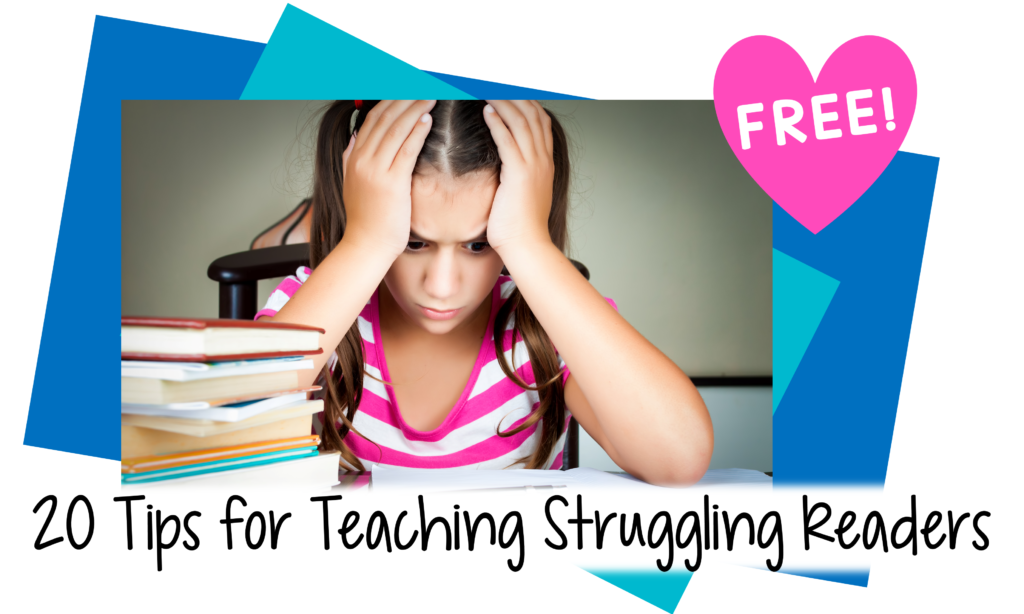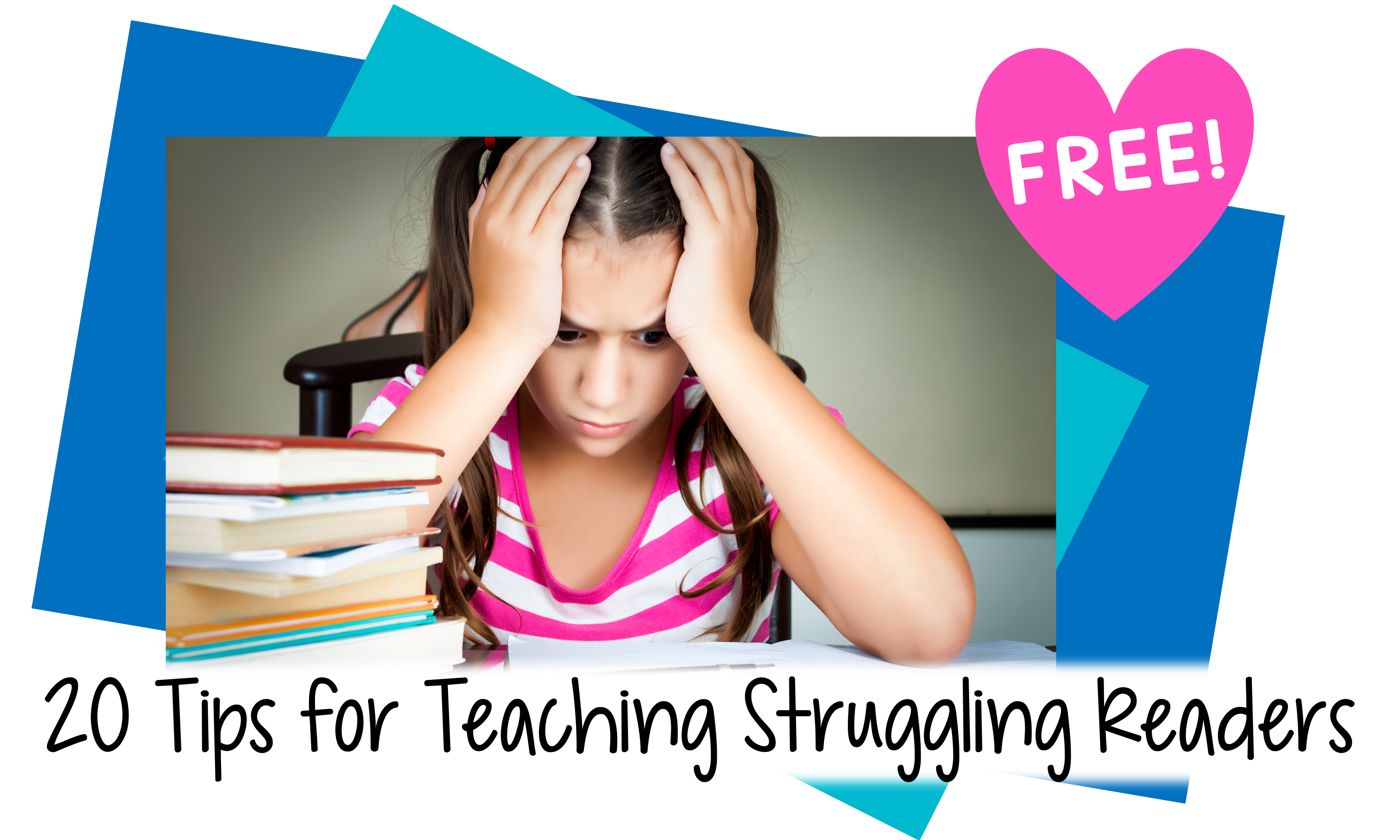
Phonics is in the news again–in the New York Times, The Atlantic, the Washington Post, in Time Magazine. As usual, journalists are placing phonics at one end of a reading spectrum. But this time, the dichotomy is no longer between:
- phonics vs. sight words;
- phonics vs. whole language; or even
- phonics vs. balanced literacy.
Now the two ends of the supposed teaching spectrum are:
- phonics vs. “the three cueing system”
“The three cueing system” is the term Emily Hanford used in her radio podcast, “At a Loss for Words” (apmreports.org/reading). There are several myths about “cueing,” or using reading cues.
- Cueing and three cueing system aren’t terms that I have ever heard of teachers using. Teachers talk about reading cues, not cueing. Cues are sources of information that readers use when decoding unfamiliar text. You can think of cues as the part of text that the reader is attending to.
- Even if cueing were a term, it wouldn’t be an alternative to phonics. It isn’t a method of reading or teaching reading.
- There are many more than the three commonly understood categories of reading cues: semantic (meaning); syntactic (language structure); and visual (phonetic).
So let’s look at some facts about reading cues. Now that more research is available on the stages children go through as they learn to read, we can look at the different types of cues readers focus on as they go through the various stages of learning to read.
Pre-Alphabetic Phase
Before children have learned to associate letters with sounds, they primarily attend to visual and context cues.
- Picture cues – Before readers learn to use even partial letter cues to guess at words, they use book illustrations. At this stage, children might page through a book on their own, making up the story as they look at the pictures.
- Context cues – Children sometimes guess mystery words on the basis of what would make sense in a sentence. In fact, the whole story meaning and syntax can be used to guess at a word.
- Whole word visual cues – Sometimes words are so memorable visually that they can be learned as wholes. An example is the word pizza.
- Partial visual cues – Occasionally words have letters or letter combinations which can be used as cues to the word’s meaning, as in the two o’s (eyeballs) in the word look.
>>>Teaching focus: To help readers progress to the next stage, introduce the letters of the alphabet and their dominant sounds.
Partial-Alphabetic Phase
During the Partial-Alphabetic phase, youngsters begin to associate some, but not all, letters with sounds, so they can add some phonetic cues to their repertoire. However, they aren’t yet ready to decode whole words.
- Partial phonetic cues – The first cues that kids usually focus on are Initial letters of words, followed by final letters. At this point, readers might use the initial-c to identify the word cat, but wouldn’t be able to differentiate between the word cat and can.
>>>Teaching focus: Finish teaching the letter sounds, if you haven’t already, and concentrate on the phonemic awareness activities of blending and segmenting sounds in words to prepare youngsters for decoding and encoding, sound by sound. Have students sort words that begin or end the same, or contain the same vowel sound.
Full-Alphabetic Phase
At this stage, readers know most, if not all, the sound-letter correspondences and can decode and encode words, one sound at a time. They are using:
- Full graphophonetic cues – With all the letters associated with at least one sound, youngsters can sound out words letter by letter.
>>>Teaching focus: Start by showing children how to decode and encode VC and VCV words. Then begin to show them how to recognize chunks within words, not just single letter sounds. These chunks can include morphemes (meaningful chunks) or syllables. You are getting them ready for the next phase, where they will progress beyond using single sounds.
Consolidated-Alphabetic Phase
This is the final phase readers progress through, where they can read and spell words in chunks. These groups of letters can include vowel and consonant combinations, morphemes, and syllables.
- Vowel and consonant combinations include blends, consonant digraphs, vowel digraphs, and vowel diphthongs.
- Morphemic cues – Now readers are able to use meaningful chunks in words (prefixes, suffixes, and word roots). Someone using morphemic cues might be able to identify kind + ness. Dividing words into their constituent morphemes is the first step in taking apart longer words.
- Syllabic cues – Learning to read multisyllabic words is a huge step for readers. The earliest words of more than one syllable are often composed of known function words: into and today.
A student at this stage is making connections between chunks of letters, their pronunciation, and their spelling. With repeated exposure, they can commit these chunks to memory, and reading and spelling become more automatic.
>>>Teaching focus: This is an exciting point to reach with your students, because learning to read becomes self-directed. Congratulate your students–and yourself as a reading teacher! Now you can sit back and watch your students take over their learning and hopefully have fun with words!


Leave a Reply